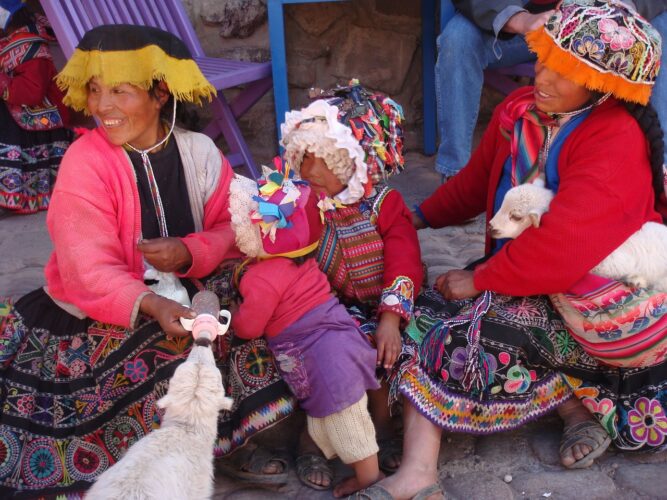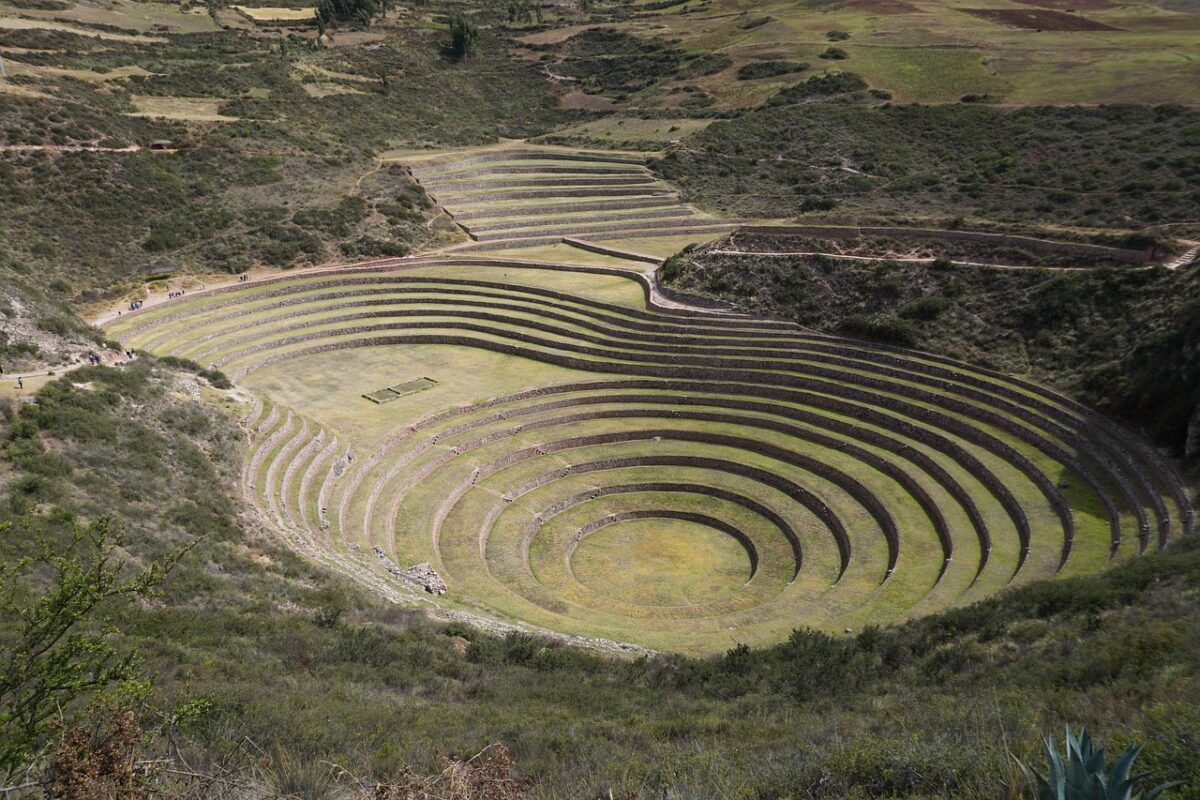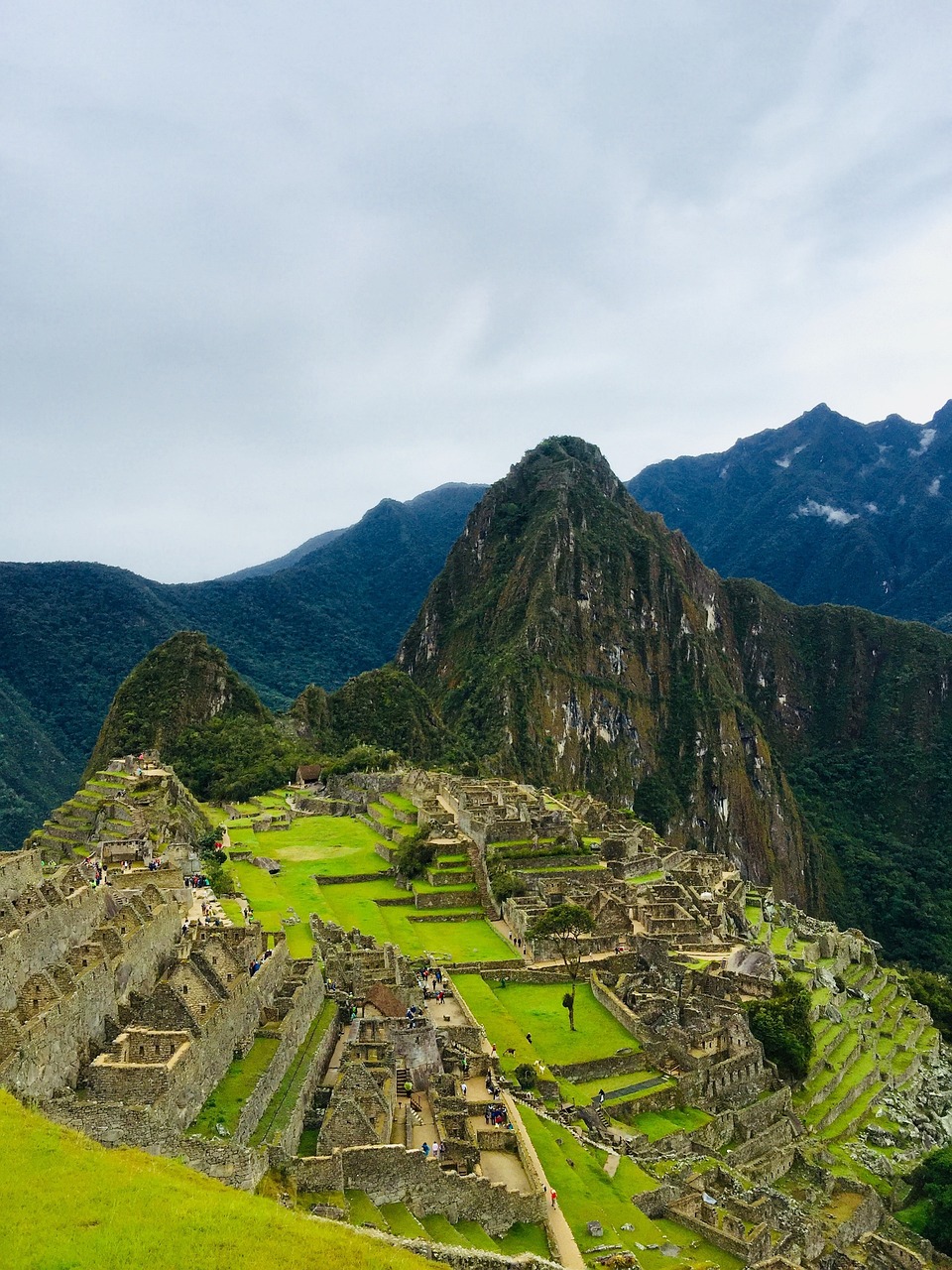
Hiking the Inca Trail to Machu Picchu is a bucket-list adventure for many travelers, offering breathtaking scenery, ancient ruins, and a sense of accomplishment like no other. However, timing is everything when it comes to making the most of this iconic trek. The weather, trail conditions, and the number of visitors can all greatly impact your experience. Here’s a guide to help you choose the best time to hike the Inca Trail.
The Dry Season: May to September
The dry season, from May to September, is widely regarded as the best time to hike the Inca Trail. During these months, the weather is typically clear and sunny, providing perfect conditions for hiking and taking in the stunning views. The temperatures during the day are comfortable, ranging from 15°C to 25°C (59°F to 77°F), while nights can be chilly, especially at higher altitudes.
Pros:
- Clear Skies and Stunning Views: The dry season offers the clearest views of the surrounding mountains and valleys, making for some incredible photo opportunities.
- Stable Trail Conditions: With little to no rain, the trail is in good condition, reducing the risk of slippery paths or washed-out sections.
Cons:
- Crowds: This is the most popular time to hike, so the trail can be crowded. Permits sell out quickly, so it’s essential to book several months in advance.
- Cooler Nights: Temperatures can drop significantly at night, particularly in June and July, so be prepared with appropriate gear.
Learn more about the best times to visit Machu Picchu and the Inca Trail here.

The Shoulder Seasons: April and October
April and October are considered the shoulder seasons, offering a balance between good weather and fewer crowds. These months mark the transition between the wet and dry seasons, so while there’s a chance of rain, it’s generally less intense than during the peak of the wet season.
Pros:
- Fewer Crowds: Fewer hikers on the trail mean a more peaceful and intimate experience.
- Milder Temperatures: Daytime temperatures are pleasant, and nights are slightly warmer compared to the peak dry season.
Cons:
- Unpredictable Weather: The weather can be a bit more unpredictable, with occasional rain showers that may muddy the trail.
- Limited Availability: Permits may still be limited, particularly in April, so it’s wise to book in advance.
Find out more about the shoulder seasons and what to expect on the Inca Trail.

The Wet Season: November to March
The wet season, from November to March, is the least popular time to hike the Inca Trail due to heavy rainfall. However, for those willing to brave the elements, there are some advantages.
Pros:
- Lush Scenery: The rain brings the landscape to life, with vibrant green vegetation and blooming flowers along the trail.
- Fewer Hikers: With fewer people on the trail, you’ll have a more solitary experience and a better chance to connect with nature.
Cons:
- Rain and Mud: Expect frequent rain showers, which can make the trail slippery and challenging to navigate. Landslides and washed-out sections are also possible.
- Limited Views: Cloud cover and fog can obscure the stunning mountain views that the Inca Trail is known for.
Note: The Inca Trail is closed every February for maintenance and to allow the ecosystem to recover, so plan accordingly.
Get detailed information on the Inca Trail during the wet season here.
Conclusion
Choosing the best time to hike the Inca Trail depends on your preferences and what you hope to get out of the experience. For the best weather and views, aim for the dry season between May and September. If you prefer fewer crowds and don’t mind the possibility of some rain, the shoulder seasons of April and October are ideal. The wet season offers a more lush landscape and solitude but comes with the challenge of more difficult trail conditions.
No matter when you decide to go, hiking the Inca Trail is a journey that will stay with you for a lifetime, leading you through the heart of the Andes to the awe-inspiring ruins of Machu Picchu.


Leave a Reply